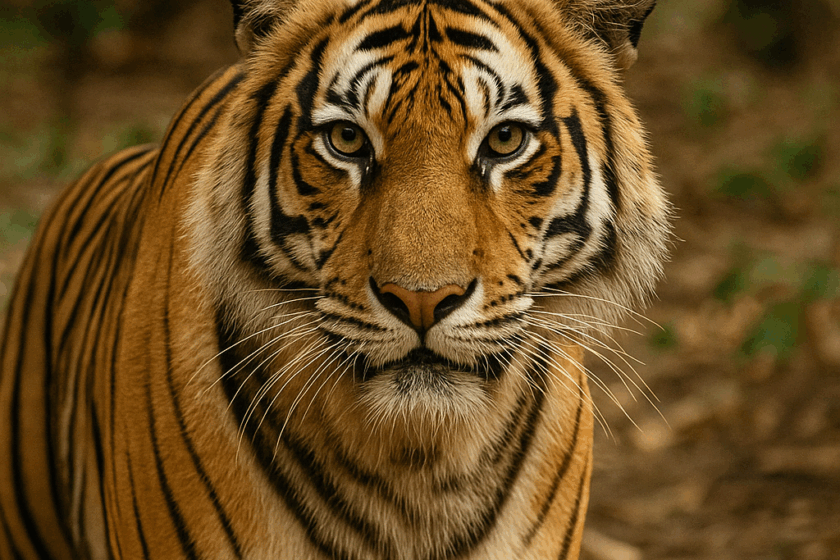
On July 29, International Tiger Day shines a spotlight on one of the most iconic yet endangered species on the planet. While challenges remain significant, some encouraging signals are emerging thanks to long-term conservation efforts around the world.
A slow but steady rise in numbers
Recent data reveals that the population of wild tigers has increased from around 3,200 in 2010 to over 5,500 in 2024. This growth, though modest, is the result of 15 years of dedicated fieldwork, especially across the ten countries where these majestic predators still roam freely—India, Nepal, Russia, China, Indonesia, and Thailand among them.
Shrinking habitats, persistent dangers
Despite the positive trend, tiger habitat has shrunk by 92% compared to its historical range. Today, tigers survive in isolated and fragmented areas, often threatened by deforestation, agricultural expansion, and poaching. Illegal trade in bones, skins, and other body parts—used in traditional medicine and ornaments—continues to fuel a black market that severely endangers the species’ survival.
Protecting tigers means protecting ecosystems
Preserving tigers isn’t just about saving a single species—it’s about safeguarding entire ecosystems. Tiger habitats are vital for maintaining biodiversity, regulating water cycles, and storing carbon, all of which directly benefit local communities and the planet.
Thailand and India leading by example
In Thailand, the government, with WWF support, launched a program to increase prey availability by releasing over 100 sambar deer in the Western Forest Complex. This area is now home to an estimated 179 to 223 tigers. Populations of banteng, a wild cattle species crucial to the tiger’s diet, are also on the rise.
India, home to the world’s largest tiger population (3,682 individuals), has implemented a relocation strategy. Since 2021, WWF-India and the local forest department have been transferring tigers from Corbett Reserve to the western part of Rajaji Reserve, where predator numbers had fallen.
Kazakhstan: a bold reintroduction plan
In a strikingly different but equally hopeful context, Kazakhstan has launched a pioneering project to reintroduce tigers to regions where they’ve been extinct for over 70 years. In 2024, two Amur tigers, born in captivity in the Netherlands, were relocated to a semi-wild enclosure in the Ile-Balkhash Reserve, part of a rewilding initiative supported by WWF and UNDP. The long-term goal is to restore the ecosystem of the Ile River Delta and reestablish the species in Central Asia.
A critical juncture for tiger conservation
Despite recorded progress, the tiger remains critically endangered. Human-wildlife conflict, particularly due to livestock attacks, and deep-rooted cultural beliefs pose ongoing challenges. Addressing these issues requires targeted awareness campaigns and community engagement.
The WWF emphasizes that only through active habitat protection, effective management of protected areas, and sustained dialogue with local populations can we ensure a future for the largest feline on Earth.
The return of tigers to former habitats is an encouraging sign, but must not lead to complacency. The next decade will be crucial in determining whether the tiger will continue to roam free—or merely survive on the edge of extinction.